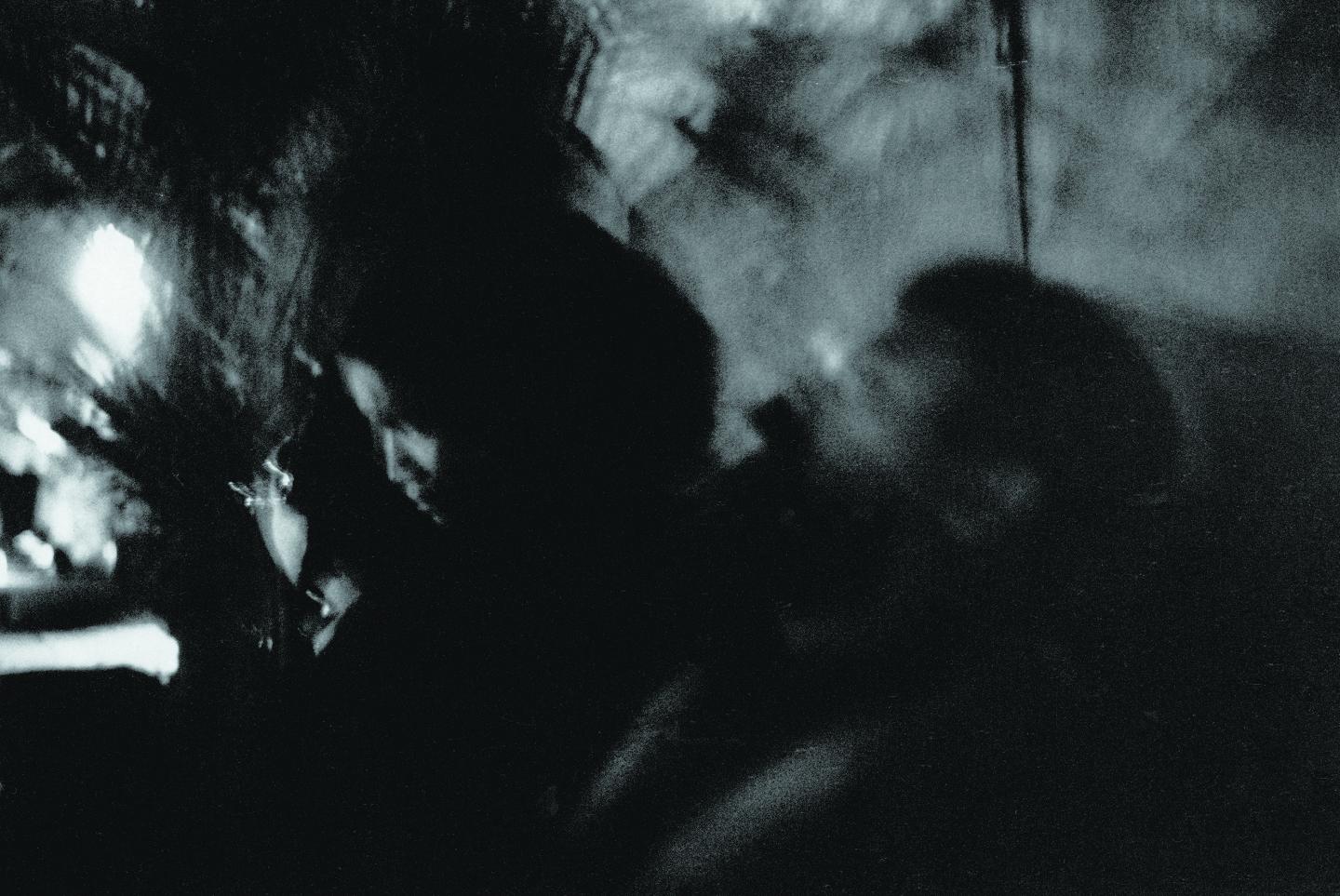Jessica Lynne Revisits Ming Smith’s ‘Amina and Amiri Baraka (Lovers)’
Smith – the subject of a new monograph by Aperture – evokes music and pace through her use of the blur
Smith – the subject of a new monograph by Aperture – evokes music and pace through her use of the blur

First, there is the matter of the blur: the technique by which Ming Smith collapses the boundaries between a photograph’s subject and its background. In Amina and Amiri Baraka (Lovers) (1980), Smith captures the poets in profile – a diptych that hums. If we listen closely, perhaps we might catch a faint chuckle or a clearing of the throat or a sentence coming to its natural conclusion. Maybe we are in a Newark living room or somewhere in Harlem. The lighting is low. The shadows dance. It is the sonic that lives inside of the blur.
Which brings me, secondly, to the matter of jazz. In Ming Smith: An Aperture Monograph, published this month by Aperture Foundation and Documentary Arts, Smith warns against reading the blur as haphazard. ‘It’s timing, and it’s not just a blur,’ she tells curator Hans Ulrich Obrist in an interview conducted for the book. ‘There’s an art to it.’ Improvisation is a central principle in Smith’s practice, which spans five decades. ‘Jazz is that way,’ she continues. ‘It’s improvisation. Especially the blues, the feeling.’ What is easy to miss in this declaration is the fact that improvisation is about timing.
By 1980, Smith, who was the only woman member of Louis Draper’s Kamoinge Workshop – a group of Black photographers founded in 1963 – had established a visual vocabulary that significantly informed, and was informed by, global Black radical activism and cultural movements shaping politics, art and literature. Musical genres such as blues and jazz provided lessons in legibility, pace and sound. In her own witness of the Black people, places and landscapes that she encounters, Smith often slows her camera’s shutter speed to trouble her images. We know we are looking at the Barakas from the image’s title, but we wouldn’t recognize them from the picture alone since the silhouettes of these two individuals remain co-mingled in a study of trace, that which is barely visible. Which brings me, at last, to love: the ever pulsating, the ever potent.
This article first appeared in frieze issue 213 with the headline ‘Ever After’.
























